Apocalypse and Transcendence at the End of Time - Messiaen’s Vision Transfigured by the Original Source
Emil Berliner Studios remasters a chamber music classic, and the result is one of the strongest entries in DG’s AAA vinyl reissue series
“You should rejoice that you're in prison. Here you have time to think about your soul.”
“Art isn't a matter of 'what' but of ‘how'.”
from “A Day in the Life of Ivan Denisovich” by Alexander Solzhenitsyn (a novella charting life in a Soviet gulag, based on the author’s own experiences, first published in 1962)
 Olivier Messiaen (standing) with his three fellow musicians at Stalag VIII-A for the first performance: (l. to r.) violinist Jean le Bolaire, clarinetist Henri Akoka, and 'cellist Etienne Pasquier
Olivier Messiaen (standing) with his three fellow musicians at Stalag VIII-A for the first performance: (l. to r.) violinist Jean le Bolaire, clarinetist Henri Akoka, and 'cellist Etienne Pasquier
It’s an almost unimaginable, surreal scene. January 1941. A bitterly cold evening in a POW camp in Görlitz, Germany. There, some 400 prisoners and camp officers are listening to a pianist, violinist, ‘cellist and clarinetist perform a new piece of chamber music, composed in the camp by a fellow POW, the then 32-year old Olivier Messiaen. Piano keys, frozen by the cold, would stick. For many years it was said by Messiaen himself that the ‘cellist Etienne Pasquier’s instrument only had three strings, a fact which Pasquier himself later disputed.
Messiaen had begun composing almost as soon as he arrived at the camp, after being captured while working as a hospital nurse.
 POWs at Stalag VIII-A in Görlitz, Germany
POWs at Stalag VIII-A in Görlitz, Germany
“When I arrived at the camp, I was stripped of all my clothes, like all the prisoners,” Messiaen said. “But naked as I was, I clung fiercely to a little bag of miniature scores that served as consolation when I suffered. The Germans considered me to be completely harmless, and since they still loved music, not only did they allow me to keep my scores, but an officer also gave me pencils, erasers, and some music paper.”
And so the young Olivier Messiaen began composing what would become a signature piece not only of 20th century classical music, but of the entire chamber repertoire. It was one of the more unlikely premieres of a major 20th century work, not least for the fact that this was no “easy” piece of classical music, but music written in a thoroughly contemporary idiom. For many in the audience, it would have been their first exposure to chamber music, and certainly their first exposure to modern classical music.
Listening to a work I have heard many, many times, in this new AAA remastering of what was always a highly respected recording, I found myself freshly amazed at its invention, its originality, its beauty, its violence. I imagined what this music must have sounded like to those prisoners in that camp. It conjures up all the horror of the biblical End of Days, with attendant turmoil, terror and despair, and it must have thus resonated with special vividness to that first audience. But it also offers up an ardent, comforting vision of the beyond, a balm to the hardships of mortal existence. All of this came through with renewed force and power as I listened to this reissue.
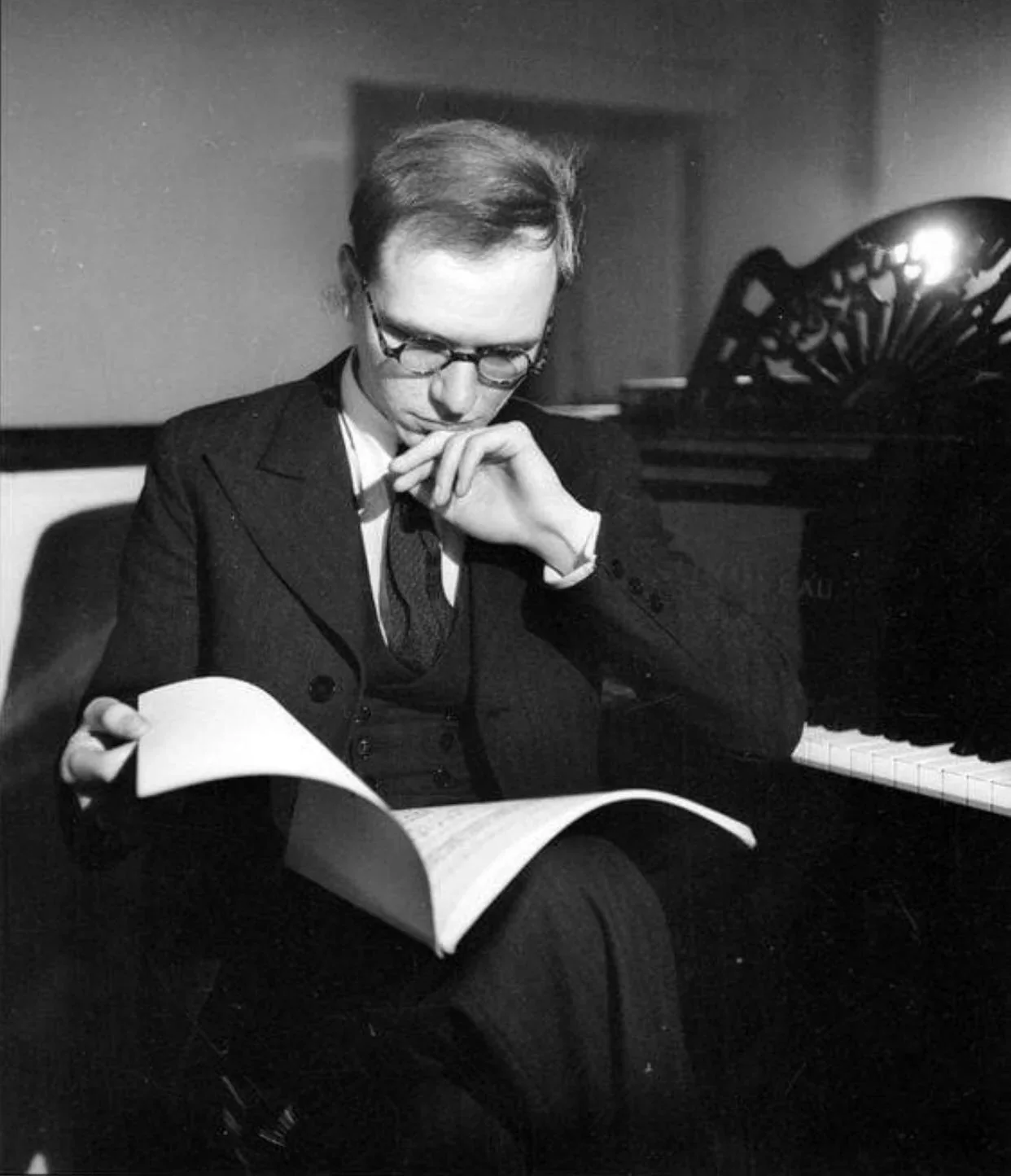 Olivier Messiaen (1908 - 1992)
Olivier Messiaen (1908 - 1992)
Modern it may have been, but the music of Messiaen was a long way from the more forbidding aspects of Schoenberg’s serialism that had swept many before it in the classical world in the early decades of the new century. Driven into new territory likewise by Stravinsky and Bartok’s experiments, classical music was sounding very different even from the late Romanticism of Wagner and Richard Strauss that pushed traditional form and harmony to the extremes. But Messiaen’s music, for all its modernist features, remained highly accessible, based in traditional tonality.
Two strains that suffuse all of Messiaen’s compositions are on full display in the Quartet for the End of Time: his love of birdsong, which he spent a lifetime transcribing and incorporating into his music; and his deep Catholic faith, which lent a profound spiritual dimension to his works. It’s not hard to imagine that the ecstatic calls to freedom embodied in the birdsong contained in the Quartet, and the beauty and yearning of a movement like “Praise to the Immortality of Jesus” which ends the piece, spoke particularly vividly to those incarcerated men on that bitter January evening during wartime. The fact that the work was based on the apocalyptic Book of Revelations, in which the end of the world is imagined, only adds to the sense that this was the perfect music for that moment in history, and especially in that POW camp, for that audience of malnourished, freezing men who no doubt thought their only escape from their suffering might be through death.
As Messiaen liked to recall: “Never had I been listened to with so much attention and understanding.”
In no way does the work back off from the horrors of the apocalypse, portrayed in music of often alarming rhythmic furor, but alongside these passages you have the ethereal sublimity of the aforementioned “Praise to the Immortality of Jesus” (for just violin and piano) and “Praise to the Eternity of Jesus” (for ‘cello and piano). But these are no new-age comfort noodlings: there is an underlying fervor of utterance in this music, an intensity that demands attention.
There have been many fine recordings of the Quartet for the End of Time. Readers familiar with this work will no doubt already have their favorites.
Several recommended recordings:
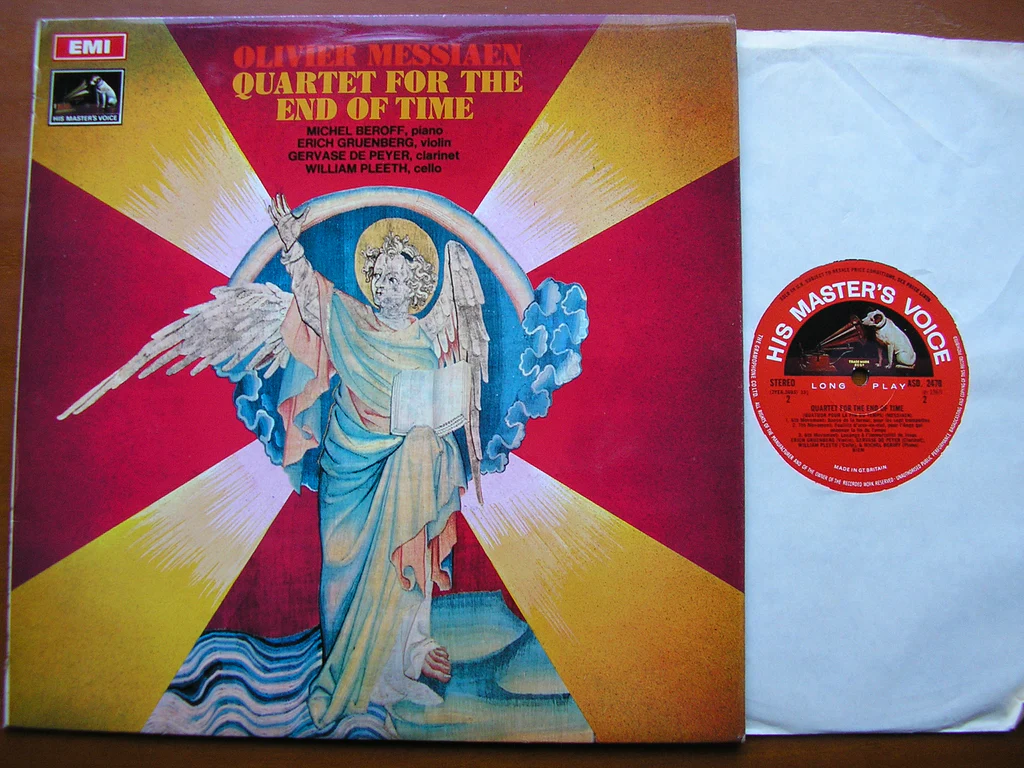
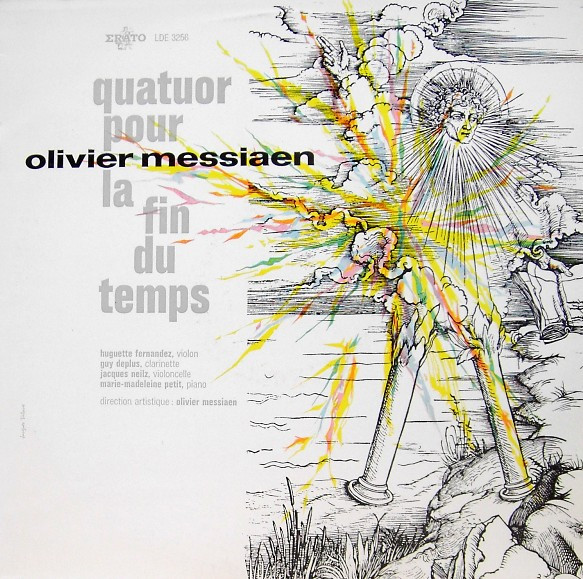
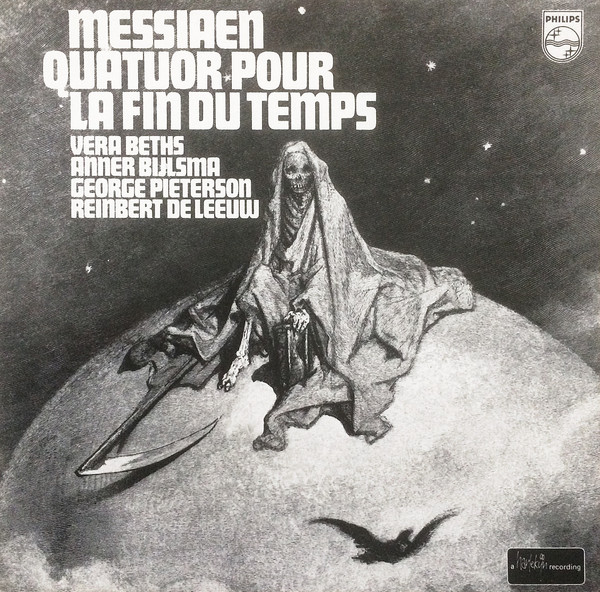
My go-to since I was a teenager was the version by Tashi, the chamber group led by pianist Peter Serkin (son of the famed Rudolf Serkin), a group which championed modern music.
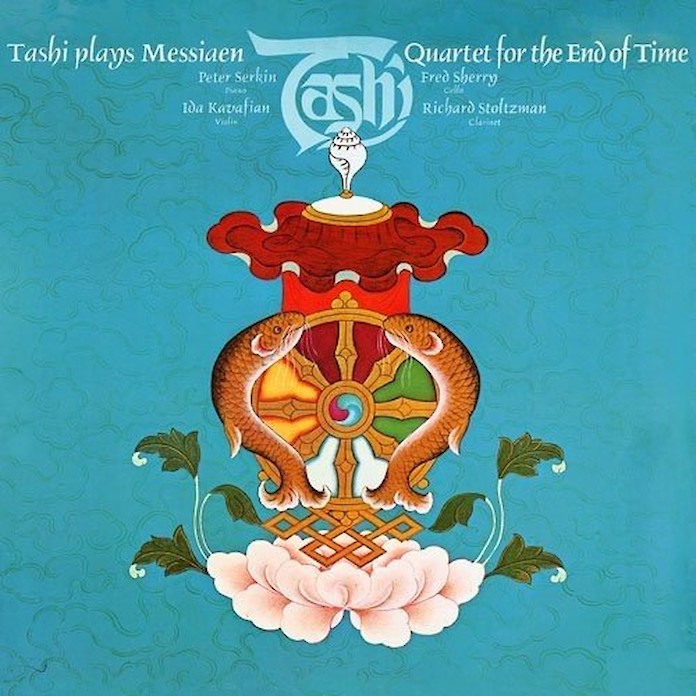
Alas, this 1976 release suffered from the vagaries of RCA vinyl of the time, and didn’t reveal itself in its fullest sonic glory until the essential Peter Serkin box set was released in 2020. Celebrating the exceptional solo, concerto and chamber recordings of this less well-known but formidable pianist, it is full of fresh performances of classic repertoire alongside more adventurous fare. The remastered sound was a revelation. (Alas this set is now hard to find, with an attendantly high price tag once you do find it).
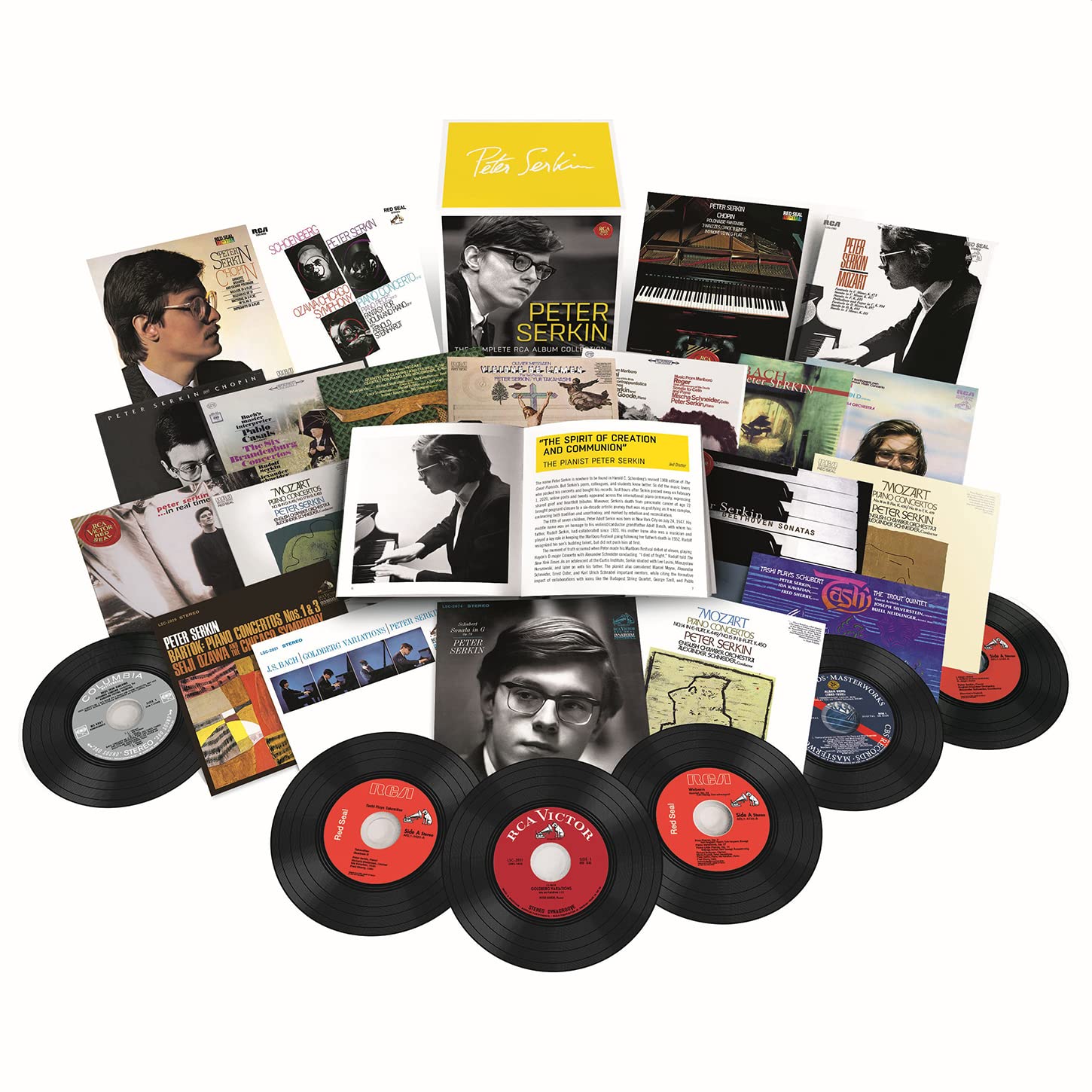
But along with this Tashi rendering of the Quartet, my other longtime go-to was the version under consideration here, which brought together classical megastar Daniel Barenboim exchanging his baton for the ivories, joined by an ad hoc ensemble of superb French musicians, some of whom were members of the Orchestre de Paris which he had conducted regularly, all recorded in the presence of Messiaen himself, and thus given the composer’s seal of approval.
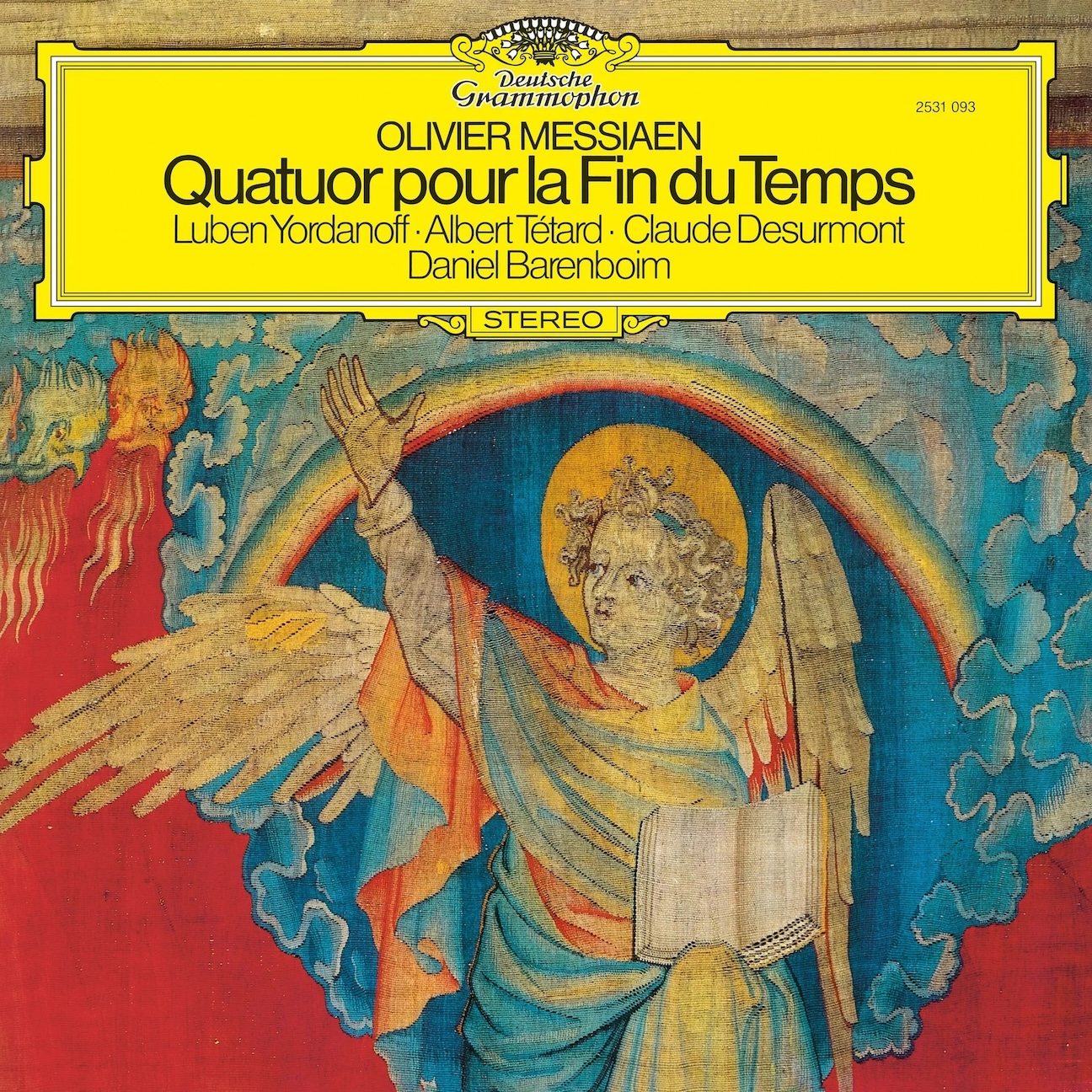
This was always a better sounding 70s DG pressing - chamber music often came off well during this period, despite the deliberate attenuations of dynamics etc. enacted by DG itself to ensure uniformity of pressing quality across various international pressing plants.
(Prior to the Original Source Series, for a fuller sense of what was on the master tapes of this period, you had to seek out the Originals series of CD reissues, using the much-touted “Original Image Bit Process”. Many of these transfers were done by the mastermind of the Original Source releases, Rainer Maillard, early in his career, as well as the series “Karajan Gold” revisiting the conductor’s digital recordings. For all their verities, however, they are all constrained by their digital-ness, so to speak. Until this AAA Original Source Series it was impossible to get a full sense of the sonic quality lurking in the 70s DG catalogue).
Unlike much chamber music of this period, the sessions for Quartet were recorded to 8-track (including two tracks of room ambience/surround for a potential quadraphonic release that never came), probably because of the demands of capturing the unusual combination of instruments, which thankfully made the record eligible for Original Source remastering.
A fine Speaker’s Corner AAA reissue from 2009 was probably cut from a tape copy of the master, which would have been a stereo mix-down of the original 8-track master, incorporating a small amount of room information from the two surround channels. It definitely added body to the sound of the original - and maybe it was even cut from that original stereo mix-down itself. But given the major sonic enhancements of earlier instrumental and chamber music releases in the Original Source Series (like Schubert’s “Trout” Quintet, Emil Gilels’ solo Beethoven, and Maurizio Pollini’s firecracker Chopin Preludes) I was especially keen to hear what magic Rainer Maillard and Sidney C. Meyer had wrought in their mastering and cutting directly from the 8-track master tape, with no intermediary digital or analogue steps.
I dropped the needle. and as so often with recent Original Source releases I was immediately drawn into the sonic immersion which allows this superb performance to emerge unfiltered by technology. The team of Maillard and Meyer at Emil Berliner Studios are now more than two years into their Original Source journey, and it’s clear they have learned much along the way in terms of fine-tuning every aspect of mastering, mixing, cutting etc. these records. The result was I sank into this glorious music and performance, and marveled anew at this very special work, whose message of seeking grace and redemption in the face of unspeakable horror and annihilation could not be more timely. This is music that will sear but also nurture your soul.
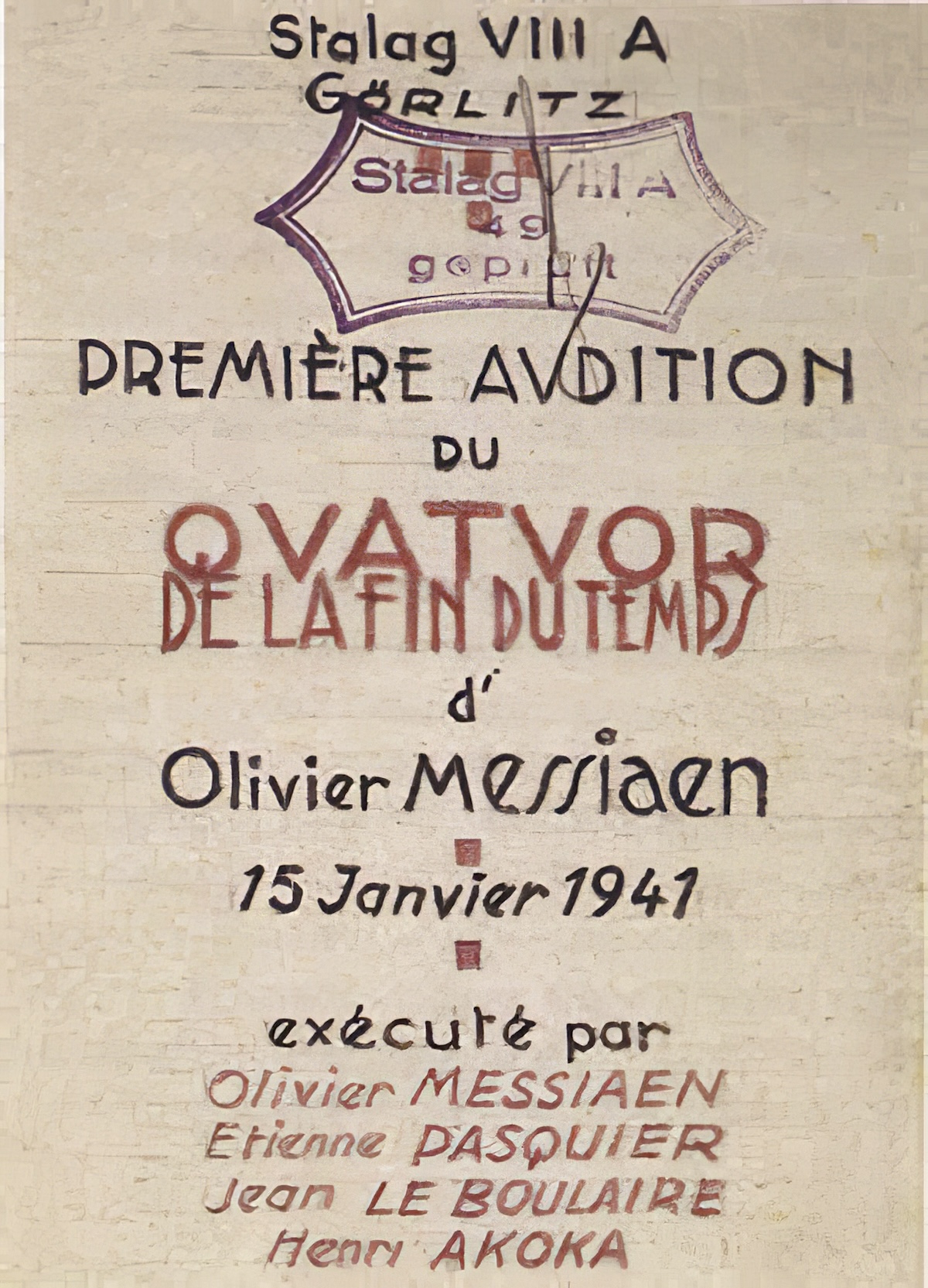 Program for the Premiere Performance
Program for the Premiere Performance
Bird song makes its presence felt from the opening bars of the first movement, “Liturgie de Cristal (Crystal Liturgy)”. As Messiaen described in his preface to the work:
“Between three and four in the morning, the awakening of birds: a solo blackbird or nightingale improvises, surrounded by a shimmer of sound, by a halo of trills lost very high in the trees. Transpose this onto a religious plane and you have the harmonious silence of Heaven.”
No matter how many times I hear this piece, this opening acts like a bracing refresher, wiping away all expectations, all pre-conceived notions of what music might sound like. It really does feel like one is opening a window onto a new, radiant world: a new dawn. Barenboim and his ensemble immediately establish their presence and authority.
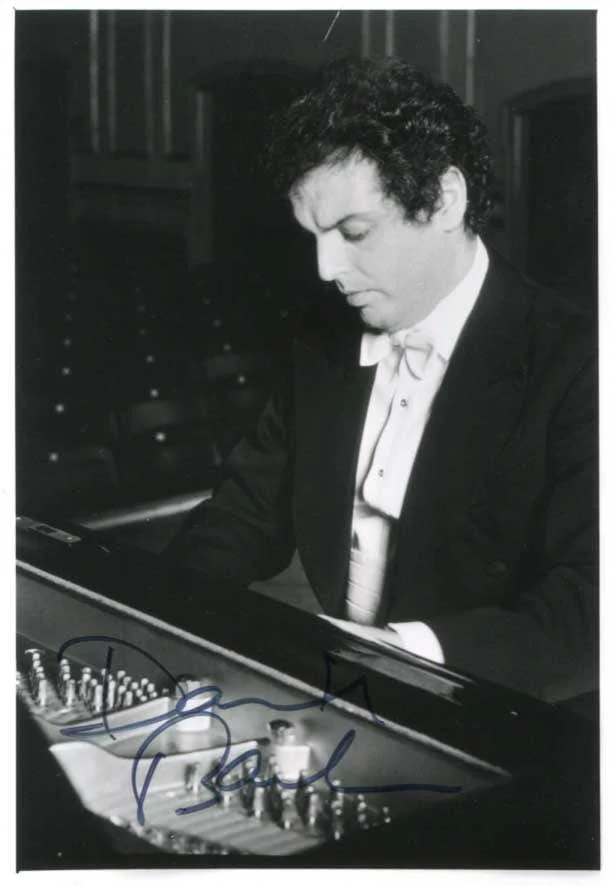 Daniel Barenboim
Daniel Barenboim
One of the most striking movements is the third, for clarinet playing solo, a piece actually composed for clarinetist Henri Akoka before he and Messiaen were both incarcerated in the same camp. Of this “Abîme des Oiseaux”, Messiaen wrote:
“The abyss is Time with its sadness, its weariness. The birds are the opposite to Time; they are our desire for light, for stars, for rainbows, and for jubilant songs.”
The solo clarinet sounds out its lonely call across the wasteland. Claude Desurmont excels here, exploring every expressive and sonic capability of his instrument. Such is the fidelity of the original recording and this remastering that you will discern all the minutest details of how the player’s breath travels through the instrument, activating its physical material to create subtle nuances of tone and texture; the variations in timbre and dynamics brought about by variations in lung pressure; and the interaction between all these sounds and the physical space of the hall. Sample this on any half decent system, let alone a megabucks beast, and you will be blown away by the verisimilitude of what you are hearing. It is riveting.
One of the more violently apocalyptic movements is “Danse de la fureur, pour les sept trompettes”, where all four musicians play in unison (actually quite difficult to achieve), and was described thus by the composer:
“Music of stone, formidable granite sound; irresistible movement of steel, huge blocks of purple rage, icy drunkenness.”
Again, Barenboim and his ensemble meet the moment with a vengeance. This isn’t just a matter of volume, it’s a matter of cohesion and intensity in the articulation. It will throw you back in your chair.
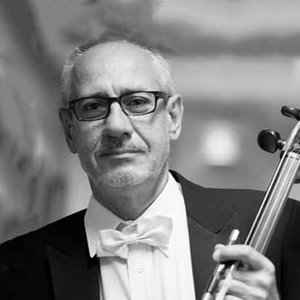 'Cellist Albert Tétard
'Cellist Albert Tétard
In the next movement, when the Angel announces the end of time:
“…The angel appears in full force, especially the rainbow that covers him (the rainbow, symbol of peace, wisdom, and all luminescent and sonorous vibration). In my dreams, I hear and see ordered chords and melodies, known colors and shapes; then, after this transitional stage, I pass through the unreal and suffer, with ecstasy, a tournament; a roundabout co-penetration of superhuman sounds and colors. These swords of fire, this blue-orange lava, these sudden stars: there is the tangle, there are the rainbows!”
All of this is conveyed with a range of emotional power that is only amplified by this stunning Original Source remastering. In the more convoluted passages, the instruments not only blend perfectly but are also clearly discernible from each other. There is never a sense of sonic congestion. The dynamic range is enormous, with a palpable sense of four musicians sitting in front of you delivered throughout. This music may not offer the kind of technical challenges to the original or remastering engineers that recording a large orchestral or choral work might do, but the challenges are formidable nevertheless and have been more than met here.
.jpg) Detail from the Apocalypse Tapestry of Nicolas Bataille, woven between 1377 and 1382, which provided the image for this recording of the Quartet for the End of Time
Detail from the Apocalypse Tapestry of Nicolas Bataille, woven between 1377 and 1382, which provided the image for this recording of the Quartet for the End of Time
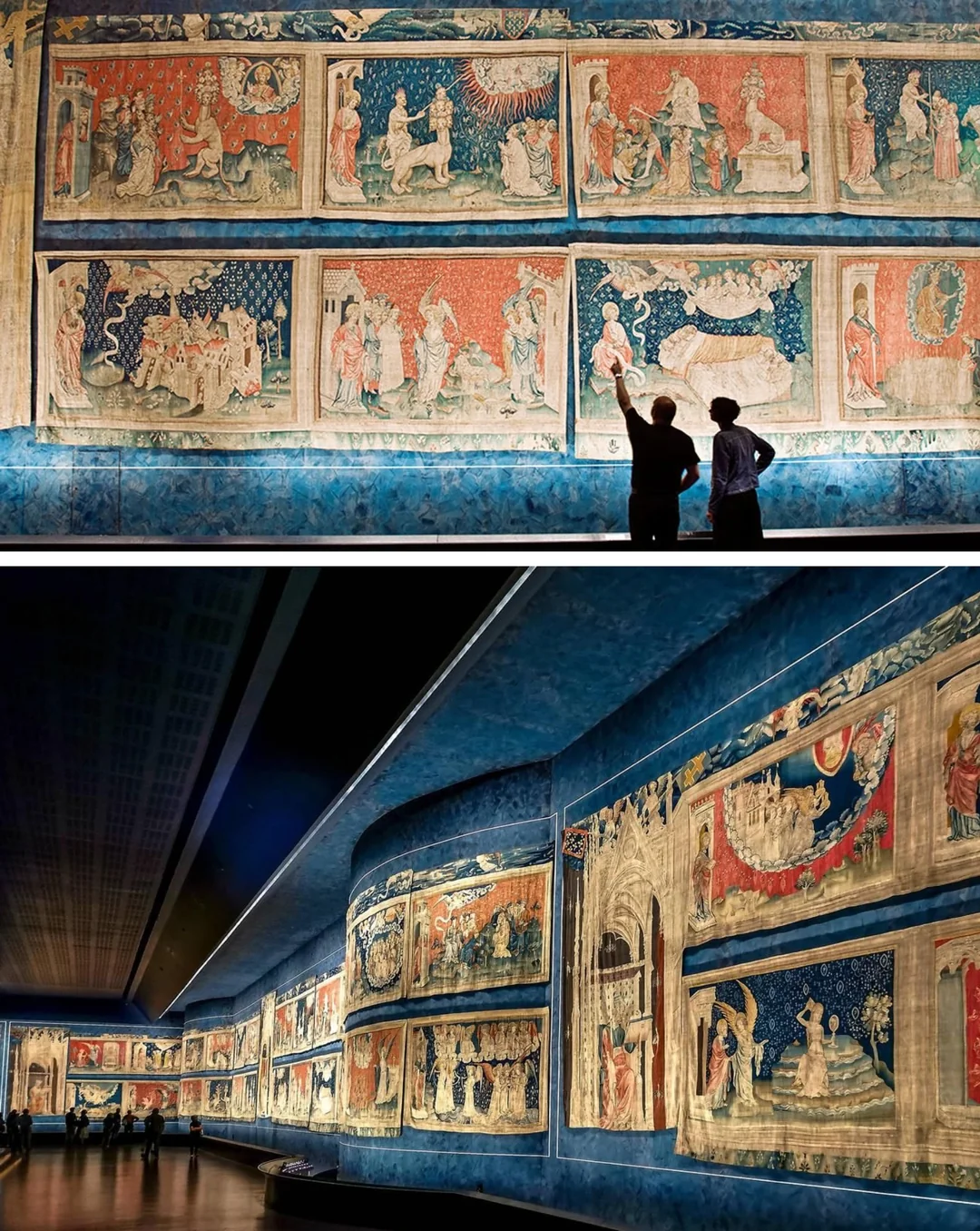 The full tapestry
The full tapestry
The original sessions engineer was Klaus Scheibe, one of the DG Tonmeister engineers Rainer Maillard most admires. In connection with the series of Giulini Bruckner recordings released last year, Rainer had this to say about Scheibe, and it is equally applicable to the Messiaen:
“Klaus Scheibe studied on the Tonmeister course in Detmold (Günter Hermanns and his generation did not have any formal sound engineering education). Scheibe was an excellent pianist too. I never saw him listening to a recording without the score. Because of his background as a musician, he tried to “translate” the score to a recording. That’s why all his recordings sound “right”. This is not necessarily a traditional audiophile approach, where you are thinking more in terms of translating a sound to a recording”.
That sense of “translating the score to the recording” is evident throughout this rendering of the Quartet, and it lends the performance a particular authority and coherence.
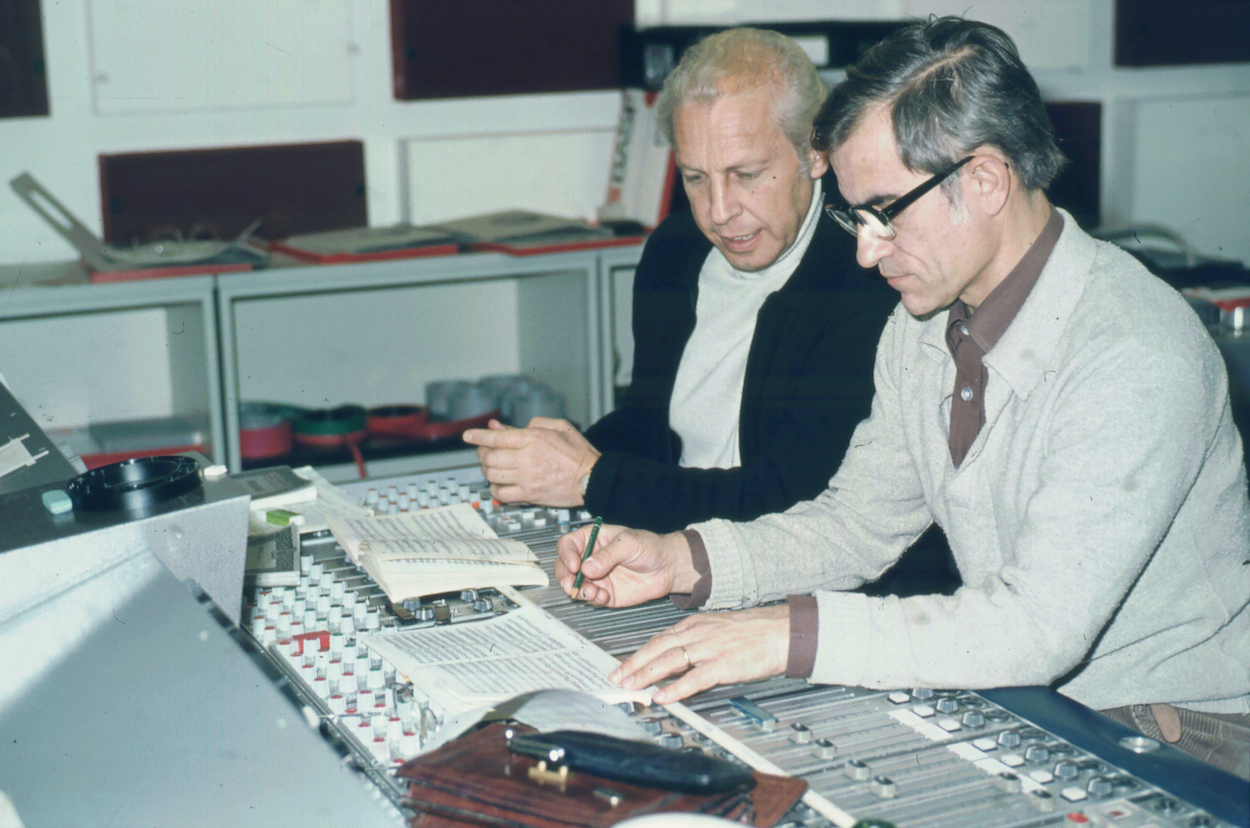 Klaus Scheibe (r.) with Hans Weber (Photo: Rainer Maillard/Emil Berliner Studios)
Klaus Scheibe (r.) with Hans Weber (Photo: Rainer Maillard/Emil Berliner Studios)
In the final bars of the final movement, “Louange à l’Immortalité de Jesus”, as the solo violin recedes into Eternity, the piano itself seems to recede into the mists of time. It almost sounds like the instrument is disappearing into the hall, consumed by infinite space - a mesmerizing effect. I confirmed with Rainer Maillard that he had indeed very slightly altered the balance between the direct and indirect room mics in these bars to achieve this spellbinding moment. Ok, so not exactly purist, but completely apt.
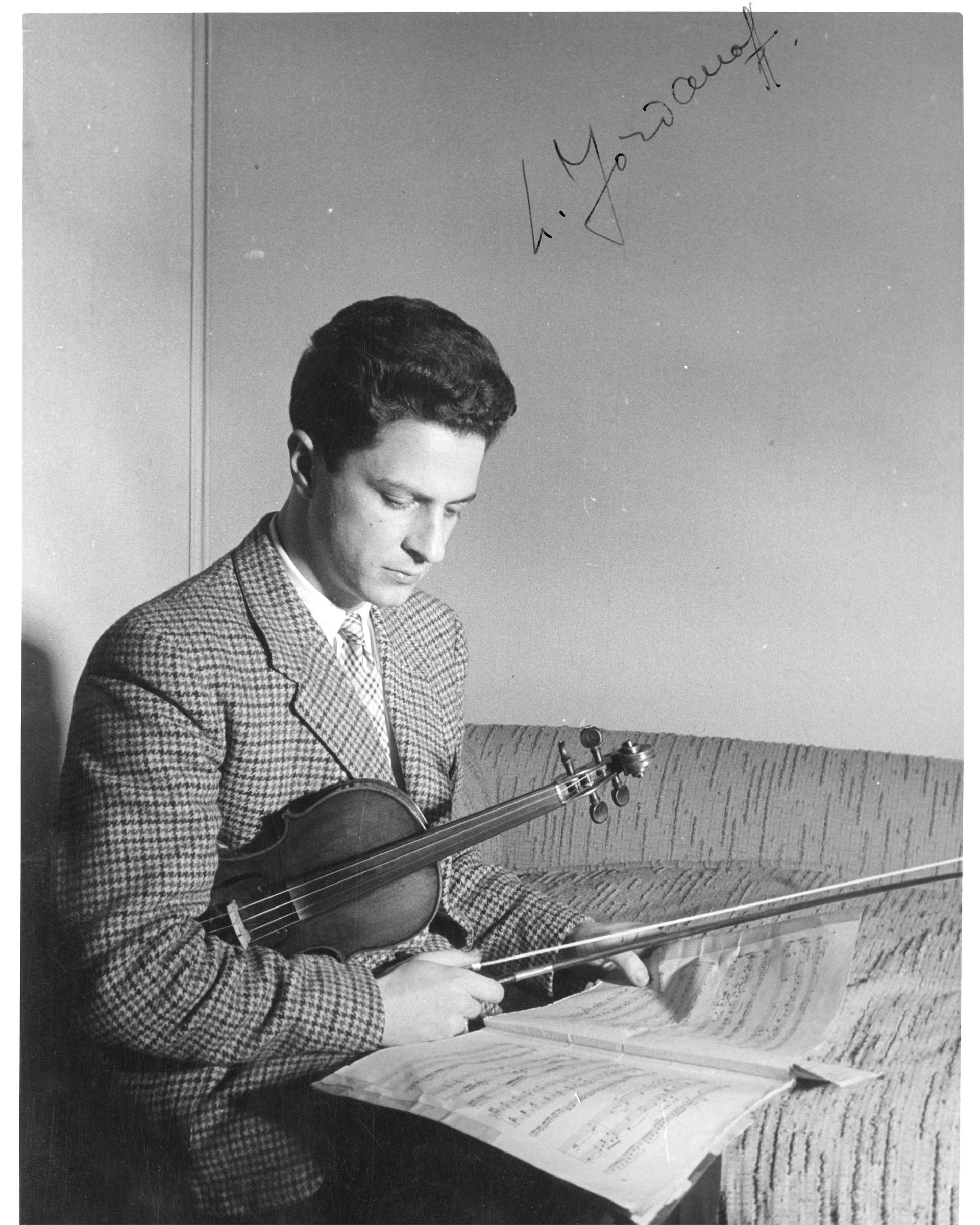 Violinist Luben Yordanoff
Violinist Luben Yordanoff
In conclusion, this is a standout amongst many standouts in the Original Source Series, as much for its striking repertoire as for its many musical and technical felicities. Let me say right here that anyone remotely hesitant to sample classical chamber music, and 20th century chamber music at that, should cast aside all doubts. This is incredibly accessible music, sometimes bracing, often transcendentally gorgeous, music that will transport you in ways you won’t have encountered before. It captures something indelible in the human heart - it speaks to both our lesser and better angels. It is music that cannot help but resonate with the trauma and menace of many current events (it was impossible to listen to the apocalyptic passages and not conjure up images of war-torn Ukraine and Gaza).
But this music also offers up a vision of something beneficent beyond the turmoil. It is utterly unique in the repertoire by virtue of its instrumentation and Messiaen’s distinctive idiom. I would even go so far as to say that for the novice in classical music, and especially chamber music, this is a much better entry-point than more traditional chamber repertoire by the likes of Mozart, Beethoven and Brahms. If you are familiar with the more adventurous currents in modern music of any genre, this is going to vibe with what you’re into far more than “ye olde string quartet”.
For the classical music aficionado who maybe has yet to sample this kind of fare, take a walk on the wilder side and go for it! For those of you already familiar with the piece, this rendering will blow you away, as it did me.
No one will be disappointed by this exceptional record.
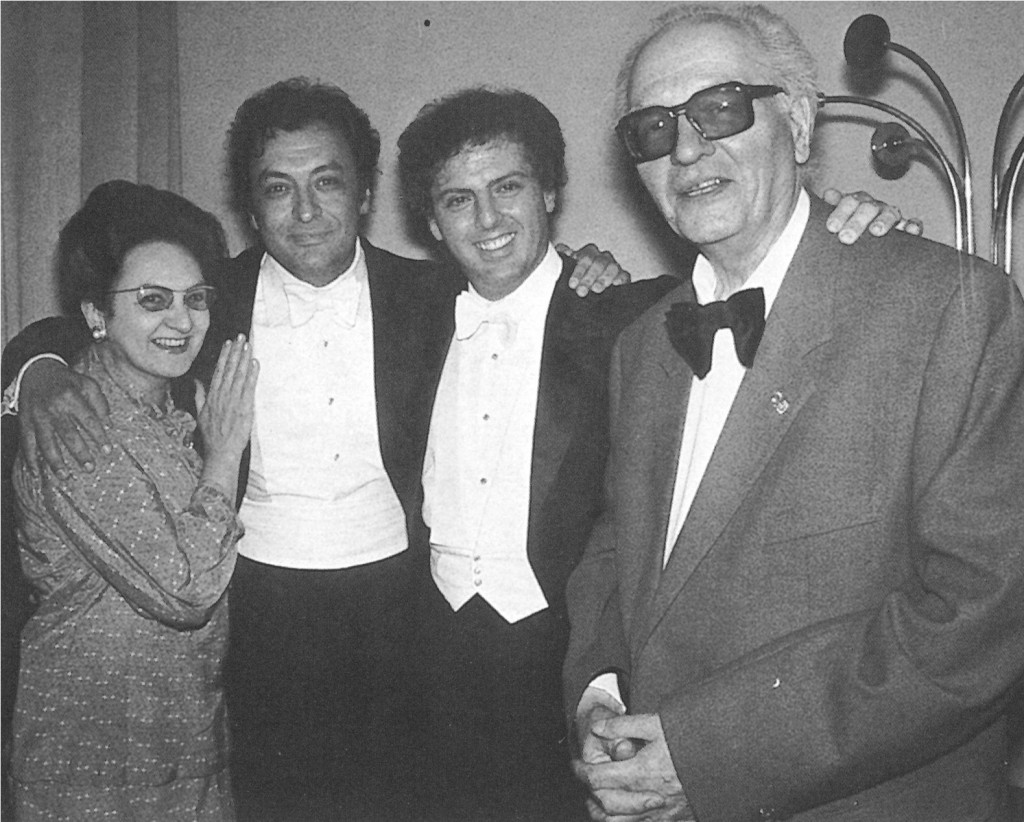 (from l. to r.) Yvonne Loriod (Messiaen's wife), Zubin Mehta, Daniel Barenboim, Olivier Messiaen
(from l. to r.) Yvonne Loriod (Messiaen's wife), Zubin Mehta, Daniel Barenboim, Olivier Messiaen
Limited edition of 3500 numbered copies. Available from the DG store, and at Acoustic Sounds and Elusive Disc.



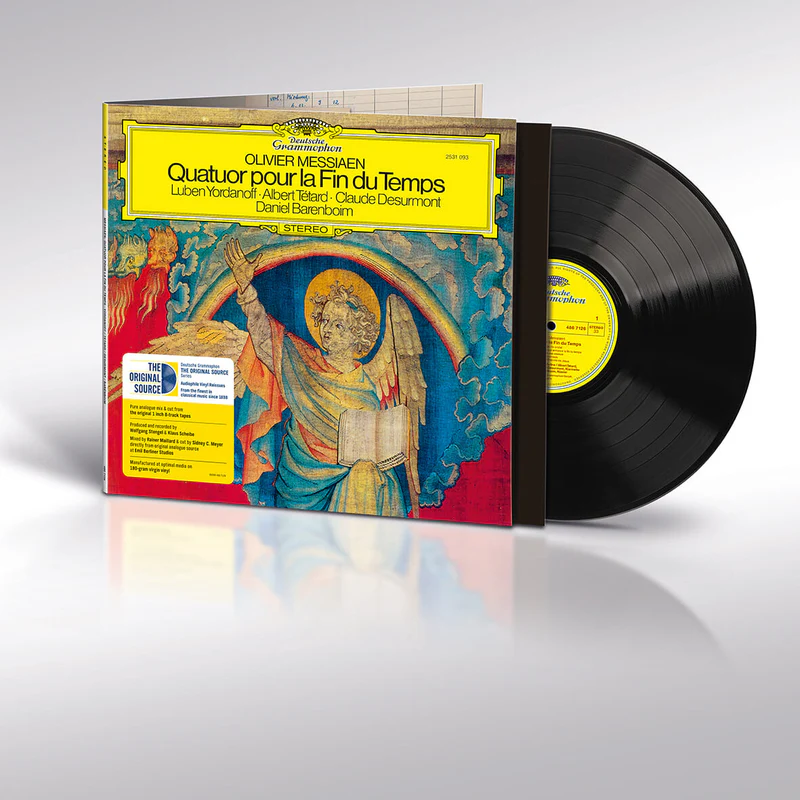

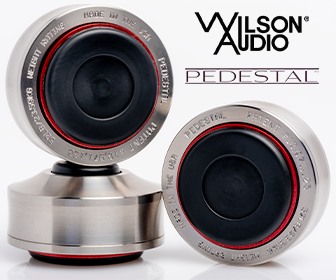


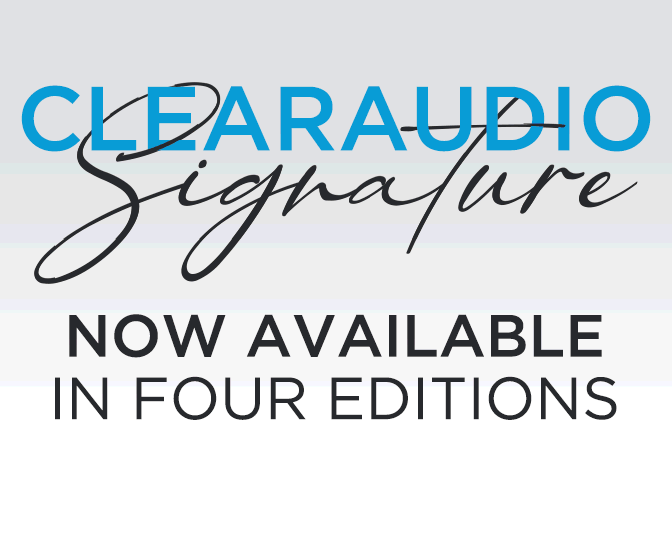

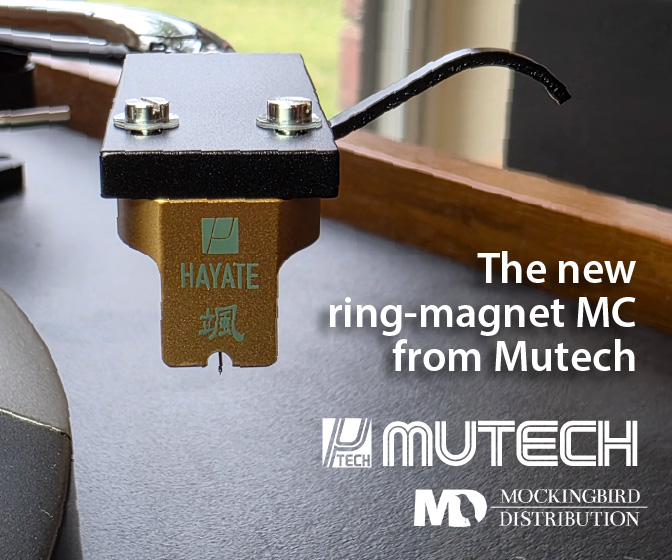
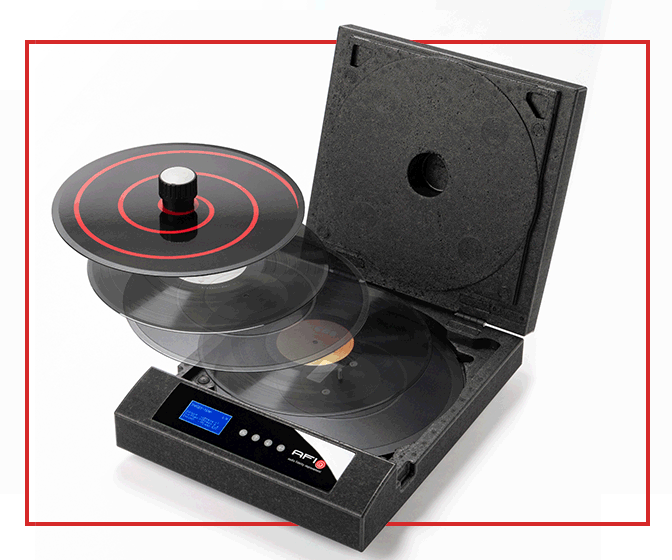

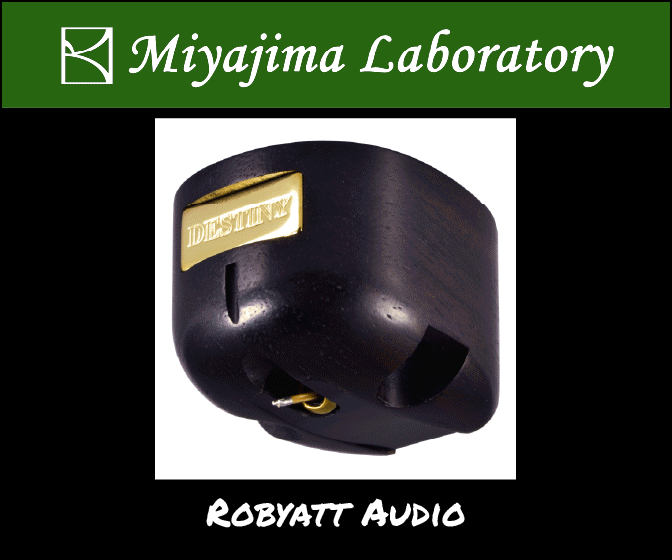
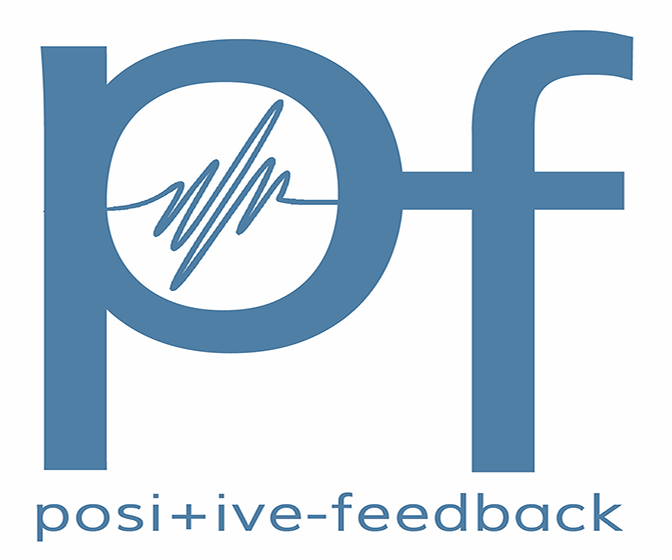




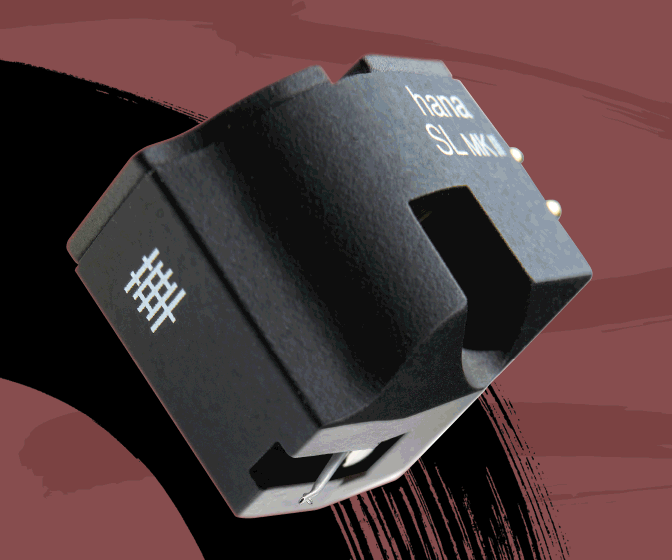

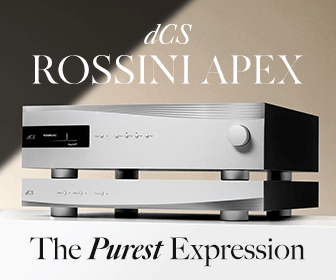
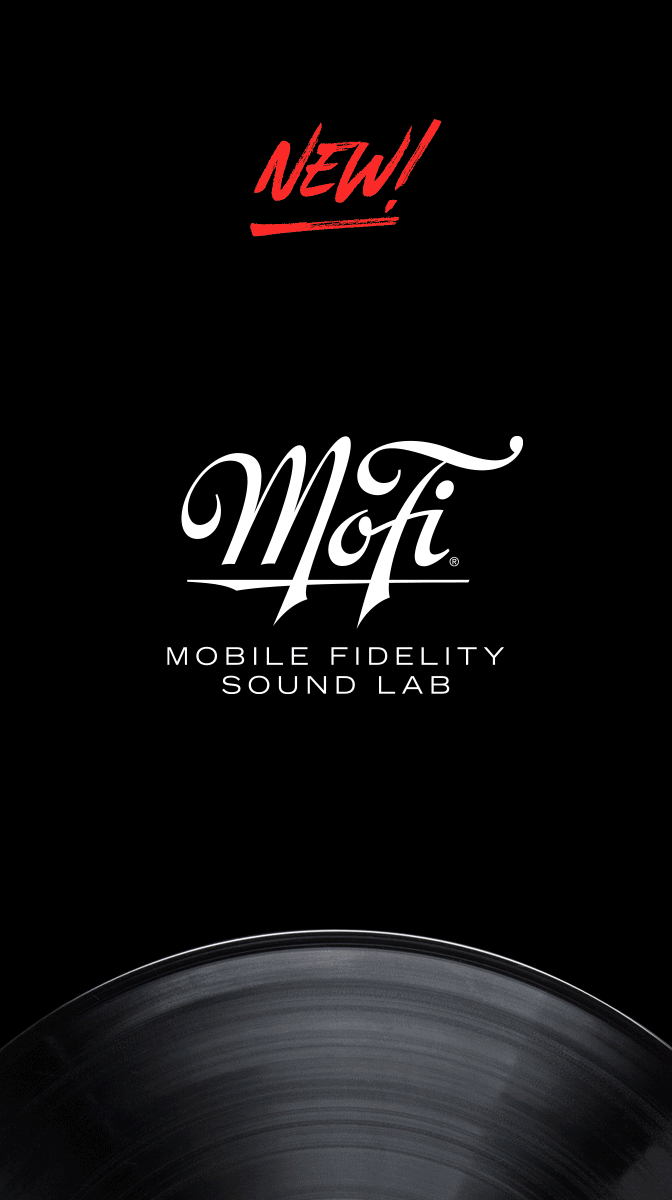
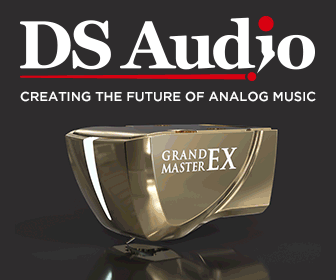
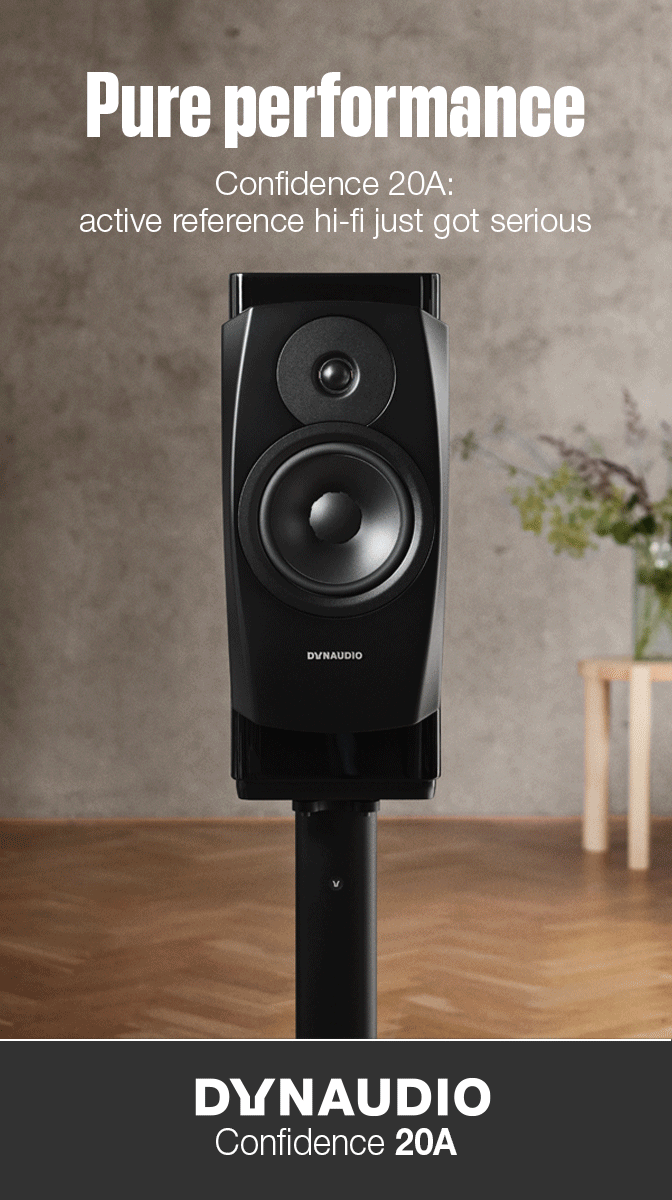



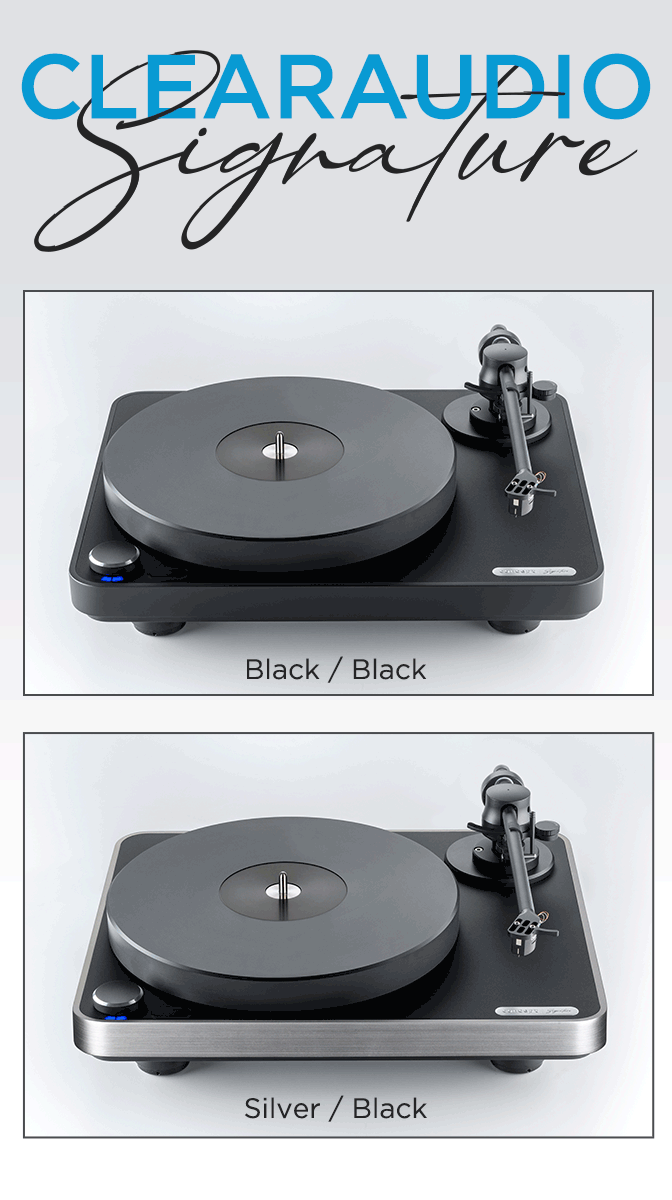
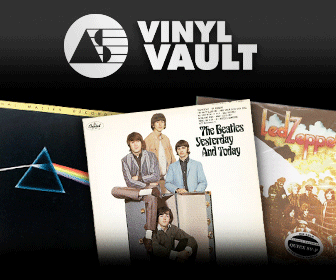

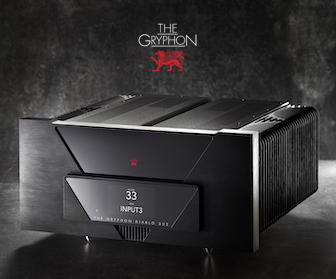
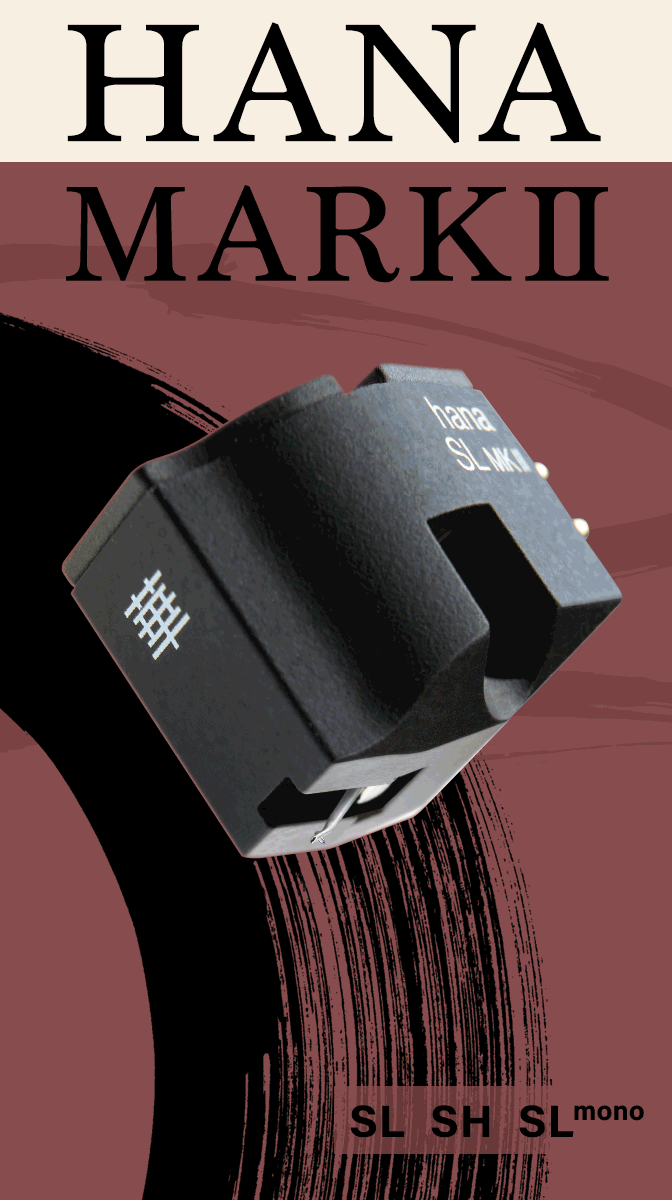


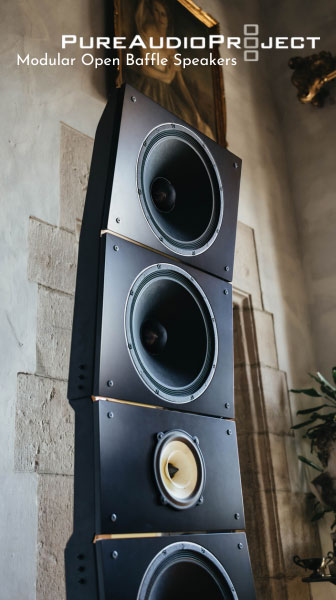






.png)








